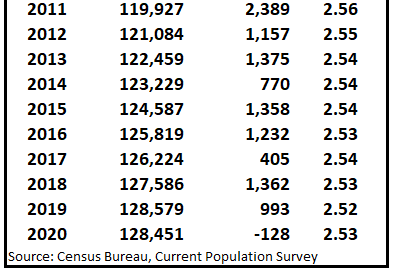Recently we’ve seen strong demand for both owner occupied and rental units. We can see this demand in rapidly rising home prices and in rents. This suggests a significant increase in household formation in 2021 (demand is increasing faster than supply).
Just today, Zillow reported on house prices and rents: Housing Market Easing From White Hot to Merel…
Keep reading with a 7-day free trial
Subscribe to CalculatedRisk Newsletter to keep reading this post and get 7 days of free access to the full post archives.



